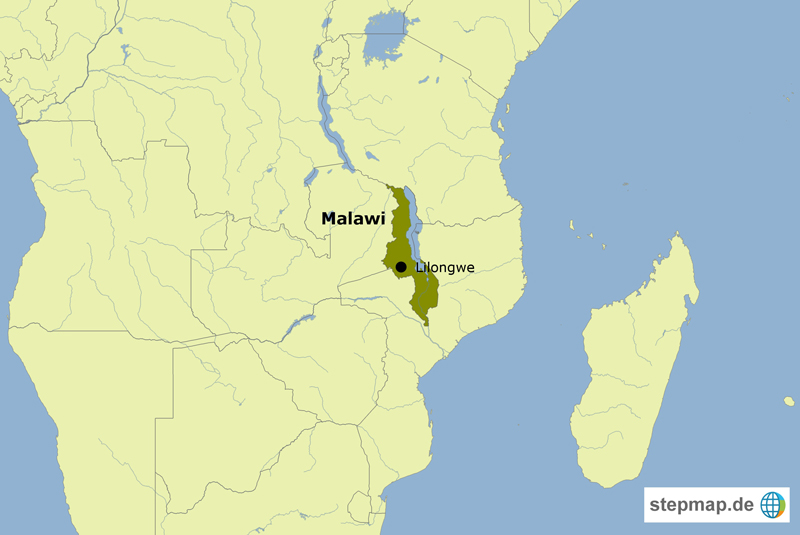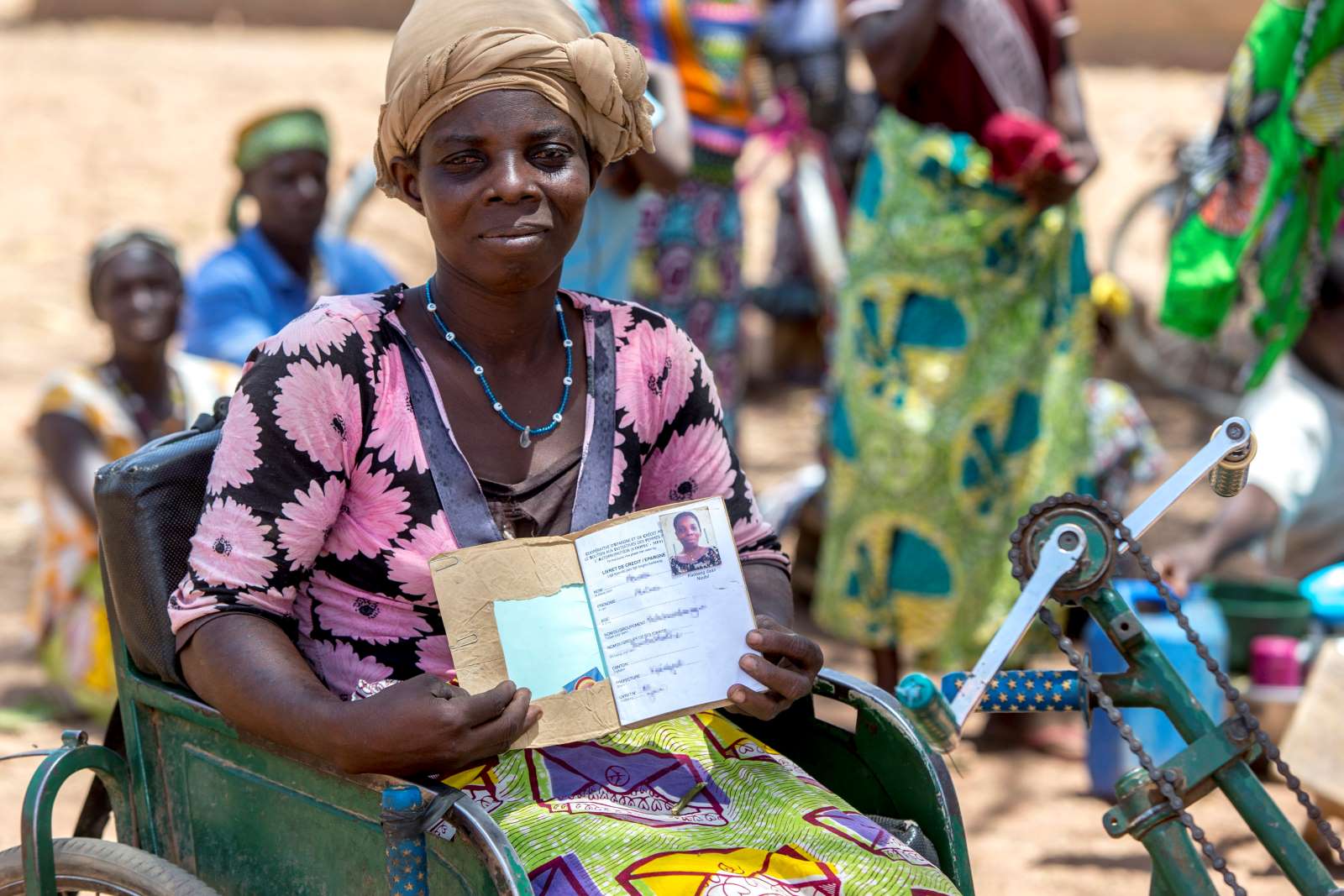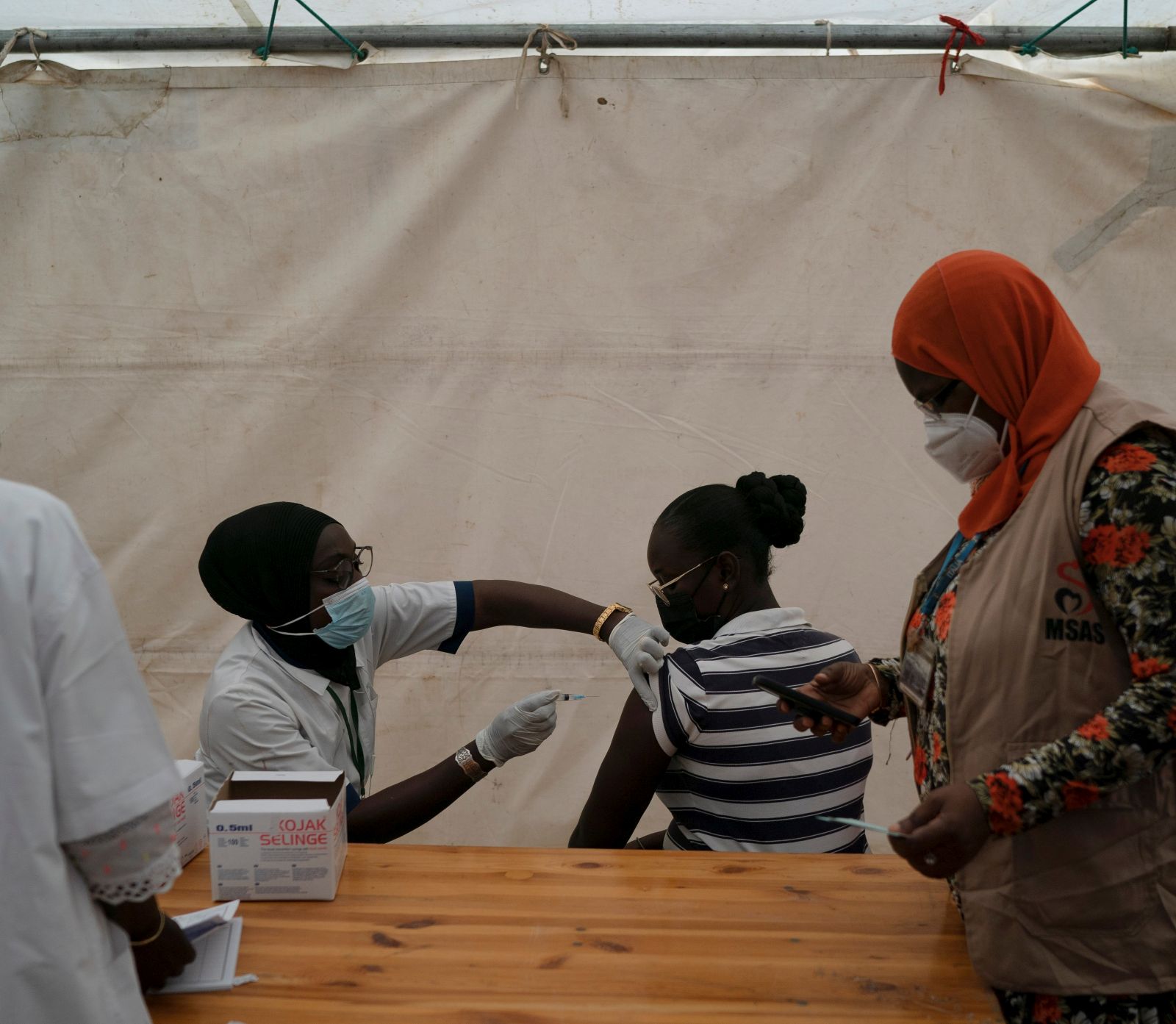Health services
Good care for all

Life expectancies are rising worldwide. Even in the global south it is no longer just a small elite that keeps getting older and older. One consequence of this development is that chronic, non-infectious health problems of aging populations increasingly figure in the global health-care debate. Since the turn of the millennium, they are getting more attention. They include chronic respiratory and cardiovascular diseases, cancer, diabetes, renal insufficiency, psychological and neurological problems as well as addiction (note contributions by Jeffrey Moyo oin D+C/E+Z e-Paper 2020/03, Focus section, and by Max Klein in D+C/E+Z e-Paper 2020/02, Tribune section).
For many people, the availability of medical services has rapidly expanded. The reason is that cities usually have a broad spectrum of health-care providers and urbanisation is reaching an ever greater share of the world population. Private health care, however, is often insufficiently regulated by the state, so patients and their families are frequently at the mercy of providers.
Bangladesh is a good example. Twenty years ago, wealthy Bangladeshis preferred to travel to Calcutta or Bangkok in order to be treated in private hospitals. Nowadays, there is a large number of private clinics in Bangladesh’s large cities, including health facilities run by multinational corporations. They have many patients, even though the providers tend not to be subject to appropriate quality and price controls.
The cost of health care is a huge problem. It often drains the savings not only of poor people, but even of well-established middle-class families. That is the case when a family member needs an expensive cancer therapy or long-term dialysis treatment, for example.
In this context, the cost of medication in particular has long been the subject of intense debate. At the turn of the millennium, an international controversy broke out because antiretroviral drugs were unaffordable expensive even though they were life-saving in the long-term treatment of AIDS. It took an enormous amount of public campaigning to change the rules of the World Trade Organization (WTO) in a way that assured governments to use patent flexibilities and allow them to grant companies licences to produce generic versions if that is necessary to ensure public health. That decision was taken at the WTO summit in Doha in 2001, after Brazil and other countries had forged ahead and produced and made generics available using the existing but contested WTO exception rules.
In 2002, the HIV/AIDS-drugs were introduced into the WHO Model List of Essential Medicines, which until then did not include patent-protected drugs because of availability considerations. Together with new funding available from the Global Fund to Fight AIDS, TB and Malaria and other programmes, this cleared the way for the necessary resources to be provided so infected people could get treatment. Prices dropped fast from suppliers in India, Brazil and Thailand. In view of competition from these generic-drug producers, patent holders began to reduce prices too. It is now possible to provide long-term treatment to 24.5 million people around the world. While, at the beginning of the millennium, the WHO’s goal of treating 3 million people by 2005 was considered by most experts completely unrealistic.
Despite such success, it remains disappointing that attempts to control the profit interests of large multinational pharmaceutical companies by making pricing, patents and research costs more transparent have mostly been ineffective. Only at the most recent World Health Assembly in May 2019, did heated debate erupt concerning a resolution on the matter. Unfortunately, Germany was one of the countries that did their best to slow things down. The plain truth is that, in the German delegation’s eyes, national interests prevailed over global ones since pharma corporations contribute to Germany’s export success.
At the same time, high costs of medication and health care in general are no longer just a problem for poor countries. The cost of an individual cancer therapy can easily run to six figures. The first truly promising gene therapies for rare diseases are now coming on the market, passing the mark of 2 million dollars per patient and year. Germany’s public health insurances negotiate “discounts” with pharma companies on many expensive drugs. It helps to ensure care at the national level. However, this approach is completely non-transparent and is thus not a convincing alternative to enforcing transparency at the international level, as was the goal of the proposed resolution. Such multilateral action would, of course, also improve the negotiating conditions for smaller and poorer countries vis-à-vis the pharma multinationals. This debate will go on.
Another feature of the global debate is about what would be an “acceptable” basic package of care in resource-poor health systems. So far, infectious diseases and maternal and infant health are the priorities. Chronic diseases, which require constant treatment long term and often cause the greatest costs, are largely neglected, and prevention and promotive activities are largely limited to behavioural interventions focusing on things like healthier diets, more exercise and cutting back on smoking.
Universal health coverage is supposed to keep costs low. But when countries adopt a universal system, policymakers tend to shy away from the important question of how the right to quality care can be upheld for all citizens – whether rich or poor. The interests of the profit-maximising private sector interests often prove very powerful. While the WHO Framework Convention on Tobacco Control proved a success, a serious downside is that the sugar and soft drink industry learned its lesson from that debate. It has so far managed to block a similarly coherent control strategy in its sector.
More medicine does not always mean better health
In general, it is appropriate to take a critical stance towards the health-care sector and its products. Scandals surrounding poor-quality silicone breast implants or artificial hip joints, for example, show that “more medicine” does not necessarily lead to better health.
On the other hand, patients are given too much, too little or the wrong care even in rich nations like Germany, as the national Advisory Council on the Assessment of Developments in the Health Care System has emphasised. This experience shows that defining the “package of care” does not suffice to ensure quality health care for everyone.
What is needed instead is a concerted effort. It must:
- improve the quality of health-care providers,
- boost public authorities’ oversight and
- systematically strengthen public health care.
Today, public-health services are typically low-quality and cater only to the poor in developing countries, while everyone else takes advantage of private, largely unregulated health services. Neither group is being well served.
The current crisis of Brazil’s government-run health-care system, SUS, makes this abundantly clear. It is based on the idea of providing free and universal access to all citizens. It is considered a model of care not only with regard to primary care, but also especially to secondary and tertiary care. During the first 15 years of the new millennium, however, many Brazilians became able to afford supplementary private insurances. The background was a booming economy and a centre-left government that redistributed profits of the commodity sector. In those years, private providers prospered, while primary health-care facilities began to be eroded as they became unattractive to both communities and health-care professionals. Ultimately, thousands of Cuban doctors had to be employed in order to ensure care for the (still numerous) poor.
During the severe recession that started in 2015, however, many people from the new middle class lost their private insurance. They must now rely on the SUS once again. Its primary health-care centres, however, have been further harmed by radical austerity. They are known for their innovative, multi-disciplinary “family health teams”, but they are no longer in a position to provide good care. Therefore, ever more patients are resorting to the next level of public care, the outpatient departments of hospitals. These too are now overwhelmed.
The Brazilian example shows that it is problematic and short-sighted to make public health facilities focus on the poor and let better-off people rely on private providers. This division of labour may seem to make sense to “save” public funding, but it does not really do so. Social services’ resilience to budget cuts depends on politically influential actors and classes not pull back from them. The promise of the Sustainable Development Goals (SDGs) is to leave no one behind. To live up to it, public health systems must ensure true universal access and must not deepen social disparities by giving different classes different options.
Andreas Wulf works for the non-governmental organisation medico international and is its representative in Berlin.
wulf@medico.de












